Sinkhole
Workers on an oil drilling rig in Lake Peigneur, Louisiana, felt the earth tremble beneath their feet. A bizarre disaster was unfolding—a disaster that seemed impossible in its scope and consequences. As the crew drilled down into the salt dome beneath the lake, a miscalculation led to the 14-inch drill bit entering the mine roof of a massive salt mine operated by Diamond Crystal Salt Company, situated directly under the lake.
Within moments, the routine operation turned catastrophic. Water from the lake began pouring into the hole created by the drill. The initial trickle rapidly transformed into a powerful gush as the walls of the salt mine failed, unable to withstand the pressure. Lake Peigneur, which had been a shallow body of water, became a voracious whirlpool. The drilling platform, surrounded by the machinery and tools of the trade, was the first to succumb, disappearing into the swirling vortex.
Below the lake, the situation was dire. Over 50 miners were at work when the flood began. Alarms sounded, echoing through the cavernous underground chambers. With practiced calm, the miners evacuated, climbing out of the depths just in time to escape the watery onslaught. Above them, the lake continued to drain, sucking everything on the surface down into the expanding maw.
Boats, docks, and even nearby land were drawn inexorably toward the center of the lake. A nearby canal that usually flowed into the Gulf of Mexico reversed its course, adding to the surreal nature of the disaster. As the lake emptied, the canal’s waters rushed upstream, pulled by the force of the sinking lake, making for a bizarre spectacle.
Within just a few hours, the lake's entire contents had vanished into the earth, leaving a gaping hole where tranquil waters had once been. The aftermath revealed a drastically altered landscape; where there had once been a freshwater lake, now there was a deep saltwater lake, fundamentally changed by the inflow of the Delcambre Canal and the Gulf of Mexico.
In the wake of the disaster, environmental and economic repercussions were immediate. The ecological balance of the area was disrupted, and the local fishing industry, dependent on the lake’s ecosystem, faced uncertain prospects. Property damage was extensive, with the total costs running into millions of dollars. Legal battles ensued as parties sought to recover damages and assign blame for the catastrophe.
The Lake Peigneur disaster served as a dramatic lesson on the risks of industrial activities conducted without thorough understanding of the environment. It highlighted the potential consequences of human error and the profound impact such errors can have on communities and ecosystems. The event led to stricter regulations in the mining and drilling industries, particularly in areas with complex geological features.
The Lake Peigneur disaster serves as a stark reminder of the catastrophic consequences that can arise from a failure to thoroughly analyze and understand risks. This drilling catastrophe, which led to an entire lake being drained into a salt mine beneath it, underscores the importance of meticulous risk assessment—a principle equally vital in the realm of personal finance.
In personal finance, just as in industrial operations like those at Lake Peigneur, the allure of potential gains can sometimes obscure the full spectrum of risks involved. The drillers, eager to capitalize on natural resources, did not fully account for the complex geological structures below the lake, leading to a disaster of unforeseen magnitude. Similarly, investors might be tempted by the potential high returns of certain financial opportunities without adequately considering the inherent risks. This can result in significant financial losses, much like the environmental and economic devastation witnessed at Lake Peigneur.
Proper risk analysis in personal finance means more than just identifying potential returns. It involves a comprehensive evaluation of all possible outcomes, including worst-case scenarios. Just as engineers and geologists might now employ more sophisticated techniques to map and understand the terrain they work with, individuals must use tools and strategies to assess the volatility of investments, the security of financial institutions, and their own capacity to absorb financial setbacks.
